Why Sanitary Check Valves Are Important
Sanitary check valves function by preventing fluid backflow, which can cause contamination of products during any manufacturing process that involves fluid passage between systems. These valves are used throughout a wide range of industries that work with pressurized fluids and must adhere to strict sanitary standards, including chemical processing, pharmaceutical manufacturing, and food and beverage processing.
What Are Sanitary Check Valves?
Sanitary check valves are a type of specialized valve designed to only allow fluid to flow in one direction, preventing backflow or the reversal of fluids. They are typically made with durable stainless steel materials and are polished externally and internally to meet or exceed 3A sanitary standards.
Sanitary check valves are beneficial because they do not require air, electricity, or manual intervention from an operator to open or close. Instead, they rely on forward flow pressure to push open the disc away from the seat. When that pressure is removed, the disc returns to its original position to keep the valve closed. Backflow pressure also forces the disc to close.
Sanitary Check Valves and Their Properties
Sanitary check valves prevent liquid backflow and protect compressors and pumps, making them an ideal solution for material distribution or processing systems. To prevent contamination, sanitary check valves have a tight seal to stop the reversal of fluids and create a one-way system.
When adding or replacing sanitary check valves for your processing systems, look for the following key properties:
- Dependable construction. Sanitary check valves should last long without failure, degradation, or frequent replacements. These valves should feature reliable designs and material compositions to ensure longevity and minimal maintenance.
- Tight seal to prevent leakage. For sanitary applications in food and beverage processing and other industries, the potential for product leakage must be eliminated. You can address these hygienic concerns by selecting sanitary check valves that ensure tight seals.
- Internal smoothness. Sanitary check valves are typically constructed with 316L stainless steel that has been polished internally to prevent buildup. There should be no internal edges or rough surfaces that could allow impurities or buildup to stick and cause metal degradation. There also shouldn’t be any internal crevices where potential contaminants can accumulate and cause unsanitary conditions.
Check Valve Orientation: Horizontal, Vertical Flow Up, or Vertical Flow Down
DFT® manufactures two styles of spring-assisted sanitary check valves that are clean-in-place and meet 3A standards. They are available in ½” to 4” line sizes and come with a standard 32 Ra internal surface finish, or optional 15 Ra internal finish.
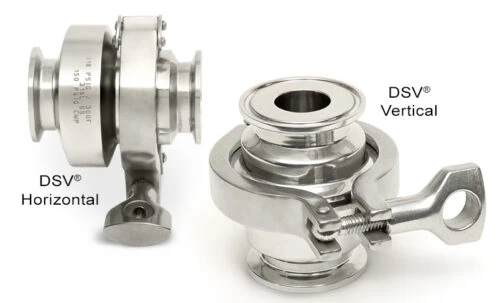
These valves are commonly used in applications requiring the evacuation of process pipelines, such as instances involving product drainage or recovery. Horizontal sanitary check valves are also useful in clean-in-place operations and applications requiring air agitation for products in tanks or pipelines.
DFT DSV® Vertical Valves: These valves can operate in both vertical flow up and vertical flow down as well as horizontal positions. They can also be used in horizontal piping when self-draining valves are not required.
Industrial Applications of Sanitary Check Valves
Industries such as chemical processing, pharmaceuticals, food and beverage processing, and others that work with pressurized fluids frequently use stainless steel sanitary check valves. They are used in applications that require clean or sterile conditions. Standard features are clean-in-place, crevice free, high polished surfaces, manufactured to high standards and are commonly certified 3A.
They are used to control fluid movement in systems such as:
- Sterile water systems
- Dairy processing
- Brewery and distillery processes
- Purified water systems
- Production of specialty chemicals
- Sterilization systems
- Manufacturing of lotions, creams, gels
- And many more applications
DFT® Valves’ Sanitary Valve Product Offerings and Capabilities
Eliminating the risk of backflow is critical for industrial processing systems across various industries. Get the job done with sanitary check valves you can trust. Our DSV® sanitary-style check valves are built for optimal reliability, quality, and durability. Specify DFT® sanitary check valves that will enhance your facility’s efficiency and safety.
For more information about our line of sanitary check valves, check out our catalog today.





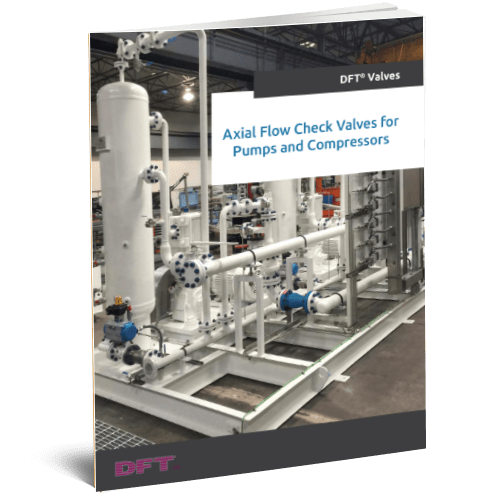
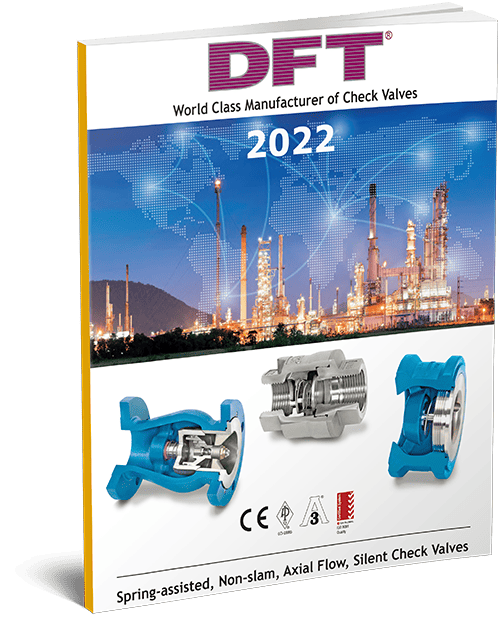
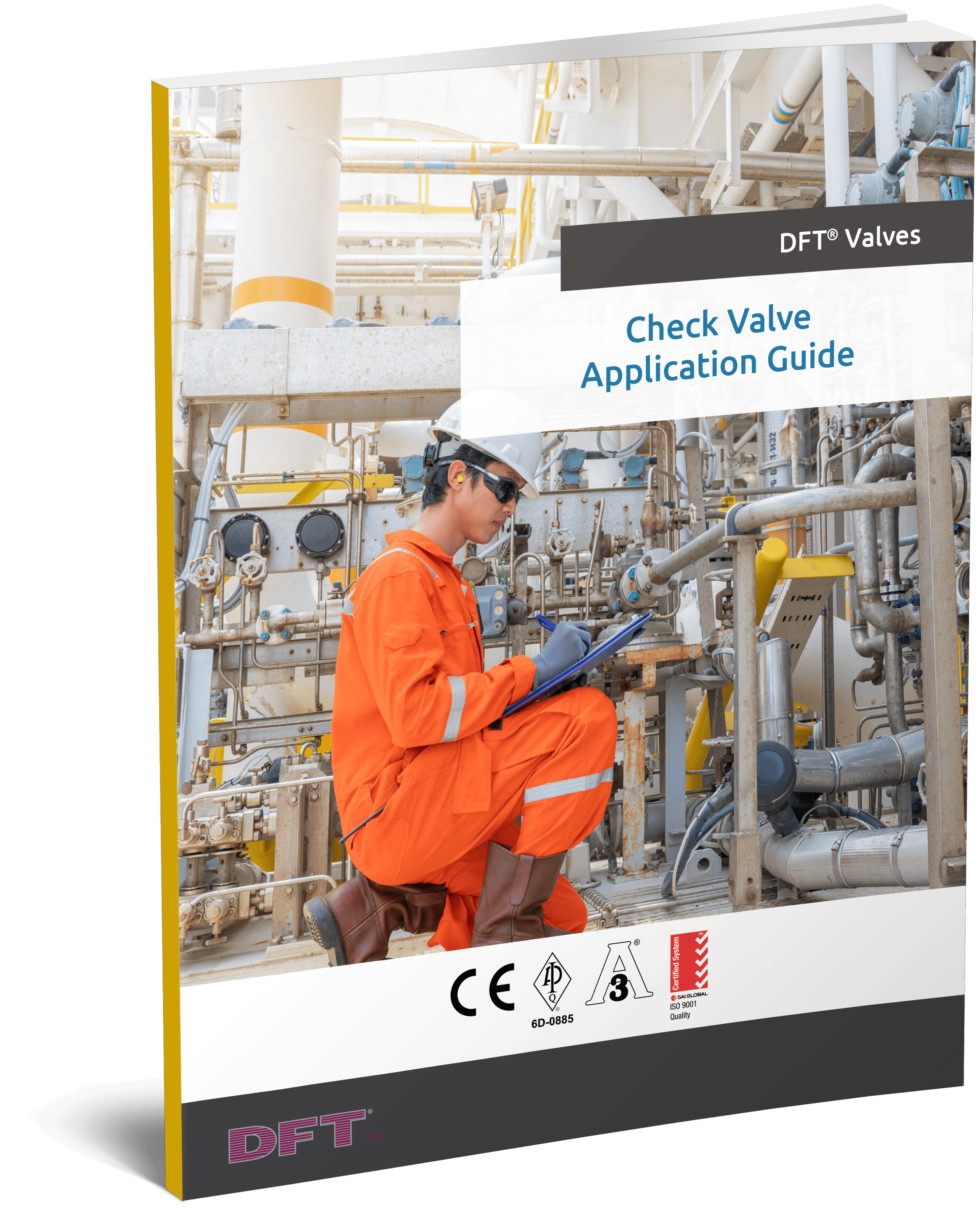

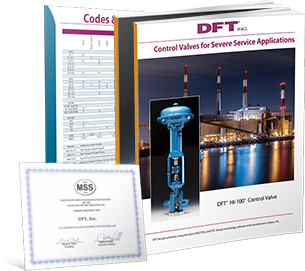
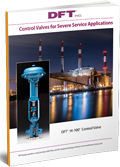
Comments are closed